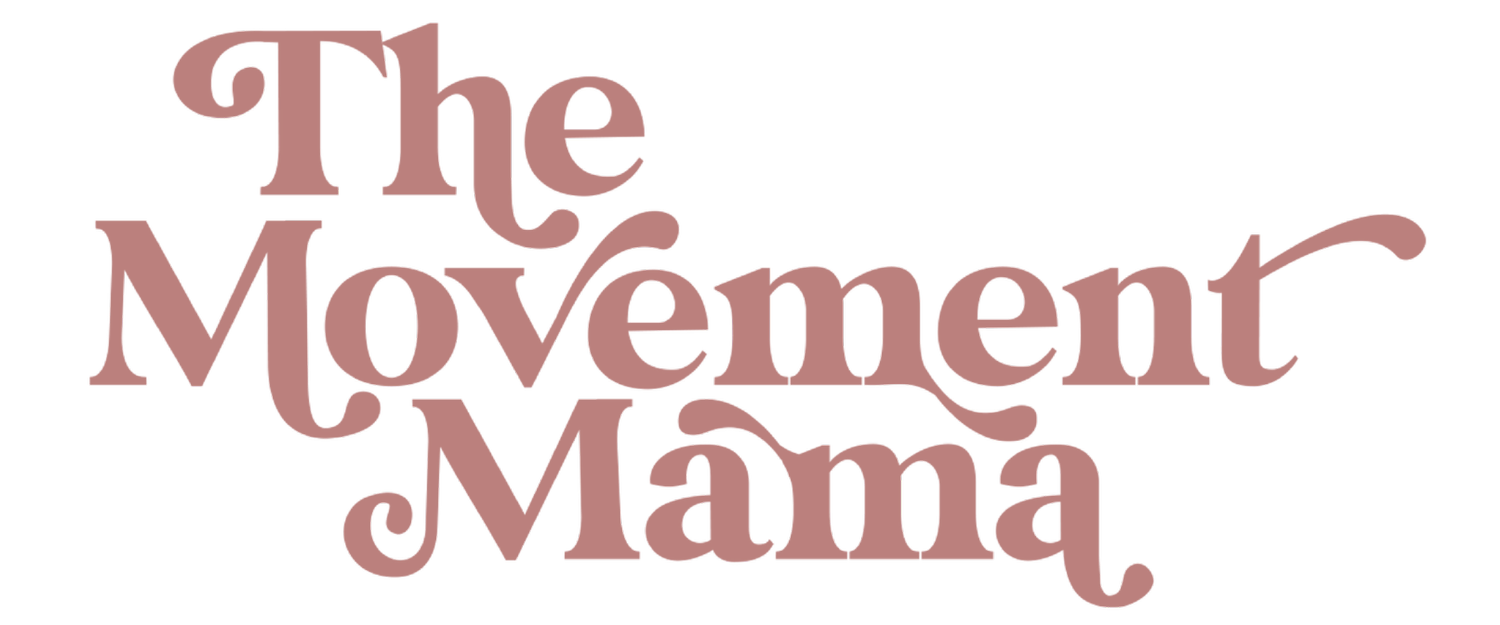Incorporating Language Into Mealtime
Guest post from: Alissa Silvestri M.S., CCC-SLP @thespeechiecorner
Who doesn’t love a good routine? Routines are great opportunities to use language in a functional way. Daily routines (e.g. washing hands, taking a bath, getting ready in the morning, eating a snack, etc.) are things you are already doing with your little one. Now, let’s dive into one routine that’s always on my mind--mealtime!
Set up a mealtime routine that works best for your family.
When you have a familiar routine, your child will know what to expect and this will result in less frustration and fewer meltdowns as your child gets older and more independent. If possible, try to do the same routine for every meal. Turn off any distractions (*cough cough* television). It may look like set-up, sit at table and eat, and clean-up. When your child is learning language, keep it simple. First, “Time to eat!” Then, “All finished. Time to clean up!” As your child gets older, he can help you set-up or clean-up.
Tips to Promote Language
Newborn-bottle or breastfed
Use this as an opportunity to talk or sing to your little one. At this age, recognizing your voice, moving eyes in the direction of sound, and making sounds when happy or upset are important language milestones. Talking, singing, and looking face-to-face with your baby promotes these skills.
Baby/Toddler-eating solid food (eating purees, fingerfood, using a cup/silverware)
Here’s where the big tips and tricks begin.
1. Name
Show and name all the food and utensils presented (e.g. sweet potatoes, spoon, cup, etc.). Name actions you are doing while preparing food: “pouring milk,” “cutting grapes.”
Before a child uses language, he has to understand language. Talk about everything and make it visual when possible. Show and hold up the spoon while you say, “spoon.” By 12 months, a baby should understand at least 50 common words (e.g. cup, milk, mommy) and phrases like “no” and “want more?”
2. Comment and Add On
Talk about what you are doing and what things smell/feel/taste like. “I am pouring the milk.” “The milk is cold.” “Yummy!”
If your child says “milk,” you can add on to his utterances (e.g. “You want milk,” or “The milk is yummy!”)
3. Use Gestures
A baby uses gestures to get attention and get his wants and needs met. Some gestures are pointing, baby signs, holding arms up, shaking head “no.” Gestures are so important when your child is learning language.
I love using and teaching baby signs. It’s a huge myth that signing delays language! In fact, it does the opposite. It promotes overall language development and decreases a lot of frustration in young children who don’t have the words yet to communicate.
My favorite signs are “more,” “all done,” “help” and “eat.” They are SO functional and can be used throughout the day. While eating your child can ask for “more” and tell you when he’s “all done.” You can also teach your child signs for common foods like “milk”!
Here are some tips for teaching and using sign language with your little one!
- You can start teaching baby signs as early as 6 months OR when your child starts imitating actions.
- Like verbal language, signing requires repetition! Repeat, repeat, repeat!
- Make sure you SAY the word while singing to promote verbal language.
4. Offer Choices
If your child has a choice what to eat, use this time as an opportunity to offer choices. This may be best suited for snack time. Ask your child, “Do you want crackers or cookies?” Your child can respond with eye gaze, pointing, signing, or saying the word/word approximation (e.g. “coo” for “cookie”). As always, model the word for your child. For example, if they point to the cookie, you say, “ Cookie! You want a cookie.”
Between 6-9 months, your child will communicate with vocalization and eye gaze (i.e. squeal/babble while looking at the cookie).
Pointing happens between 7-15 months. If your child is not pointing, encourage it by pointing yourself. Point to the cracker on the tray, “look it’s a cracker!”
Between 12-15 months your child should use ~10 gestures and make a choice when given the opportunity.
Around 12 months, first words emerge. First words don’t have to be pronounced perfectly. If your child says “coo” for “cookie” that’s ok! No need to correct, just MODEL, MODEL, MODEL! “Cookie! Here’s your cookie.”
5. Play Sound-YUM!
Use one of my favorite play sounds while eating, “yummmy!”
You take a bite, “mmmm!”
Comment: “This broccoli is so yummy!”
Yummy is an “easier” word/sound to say because it’s extremely visual. Look in the mirror and say “mmmm.” Try it. You can see your lips together making the “m” sound. Your child sees this too! That’s why face-to-face is so important!
“Uh-oh,” and “oops” are other play sounds you can use during mealtime. As a note of thumb, any consonants you can see are a good place to start→ b, m, d, p!
I hope that you feel more confident and comfortable incorporating and promoting language during meals and snacks. Mealtime is just one daily routine where you can model language! You can use these tips in other daily routines.
I know that all of this may seem awkward at first, and that’s ok! It’s not natural. We want to ask questions or say, “say cookie.” However, once it becomes part of your routine to model and use language this way, you’ll become more comfortable and you won’t even have to think about it as much. Start with one tip and build!

